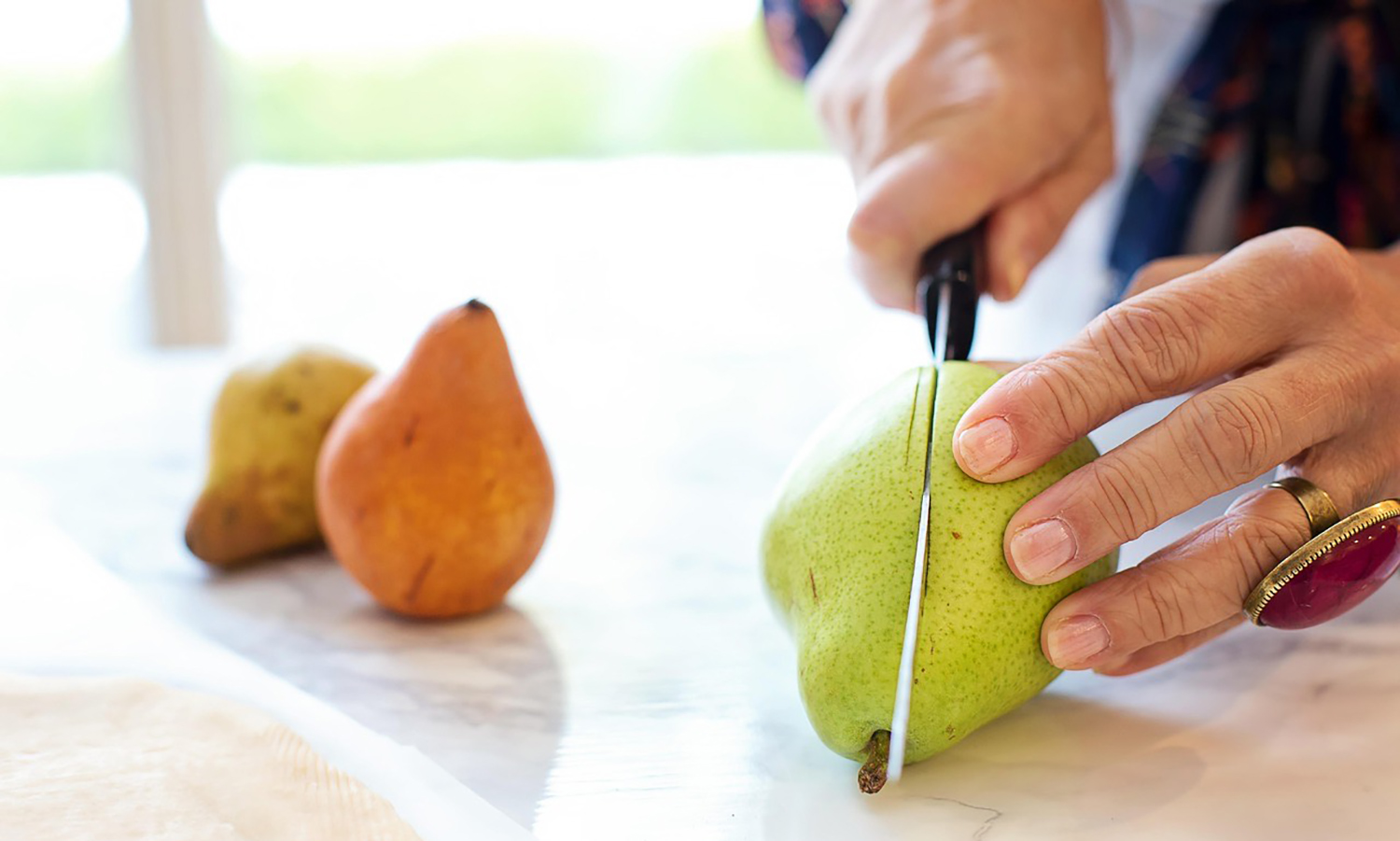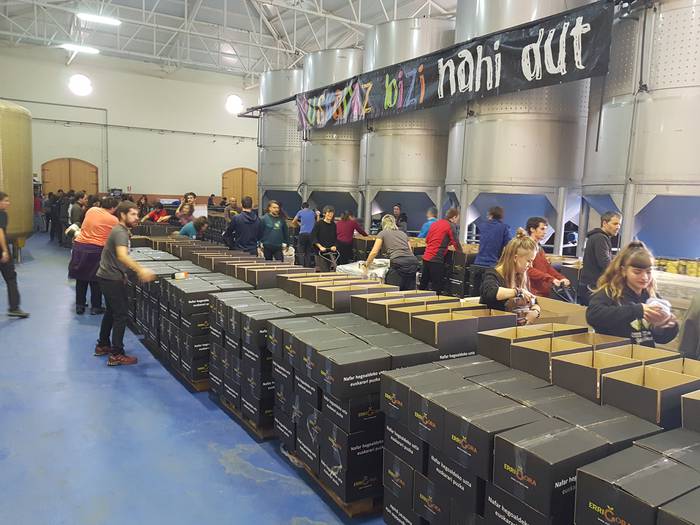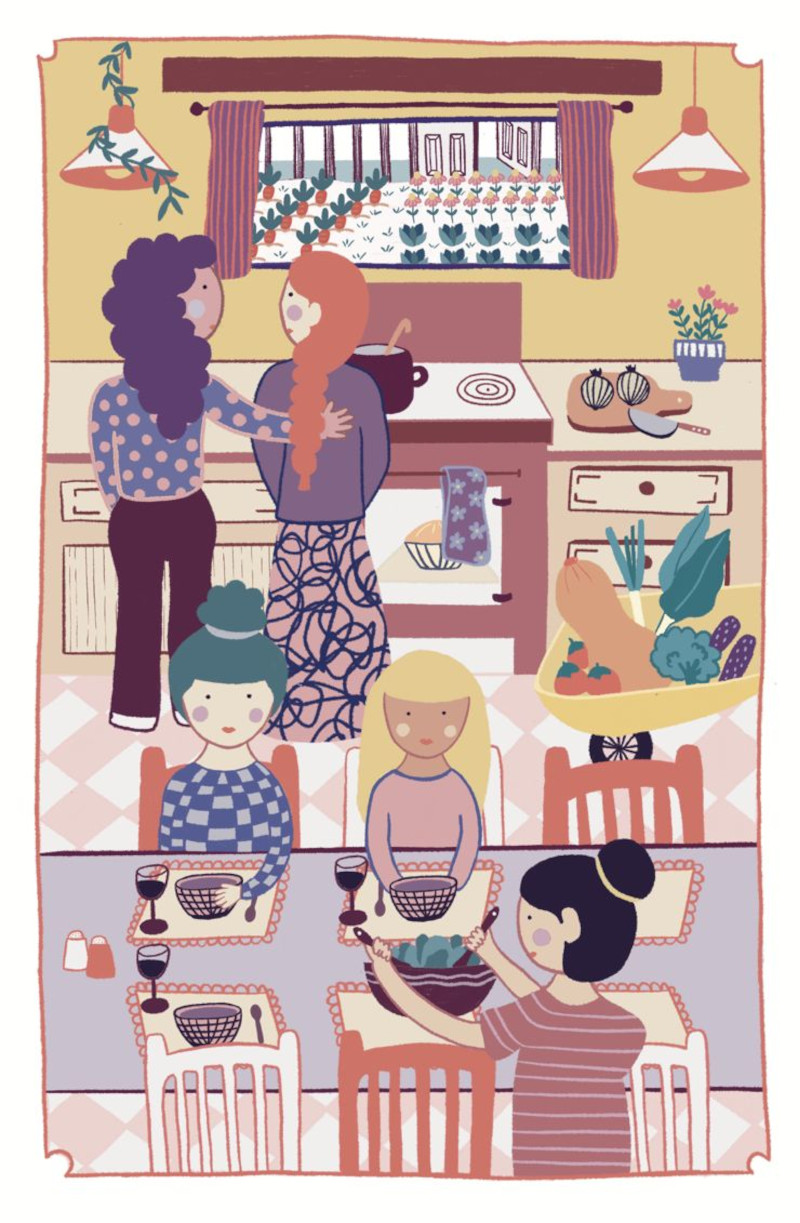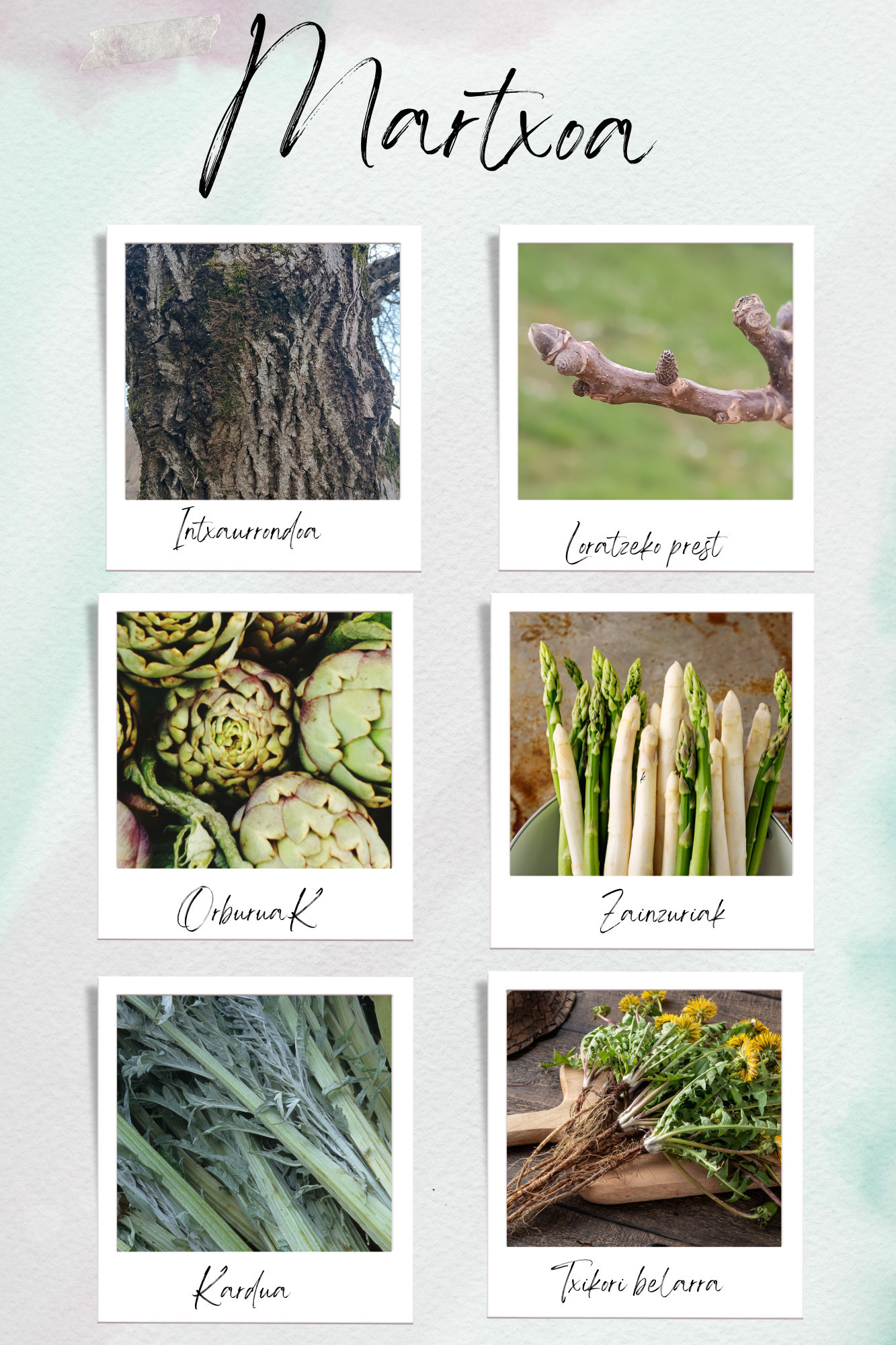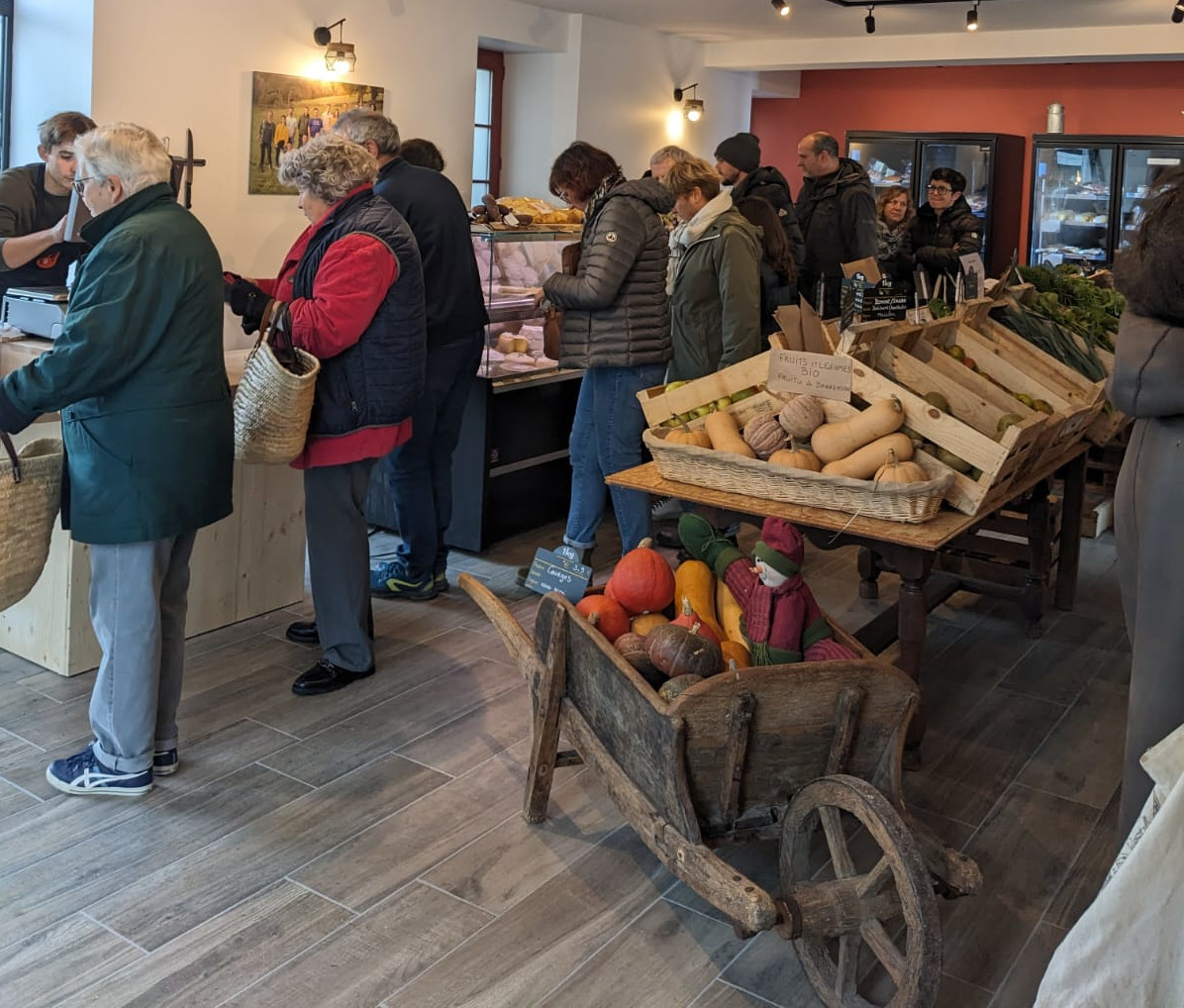"Besides healthy, insects are very interesting for cooking."
- Entomophagia is called insect feeding. In general, the idea itself gives us a sense of discomfort to the Westerners. However, this food is part of the day to day of two miles (2 billion) of people. Quebetsu researcher Laura Shine believes that this feeling of nausea is culturally constructed. Taking the step to dismantle this feeling, he has become a fervent insectivore.
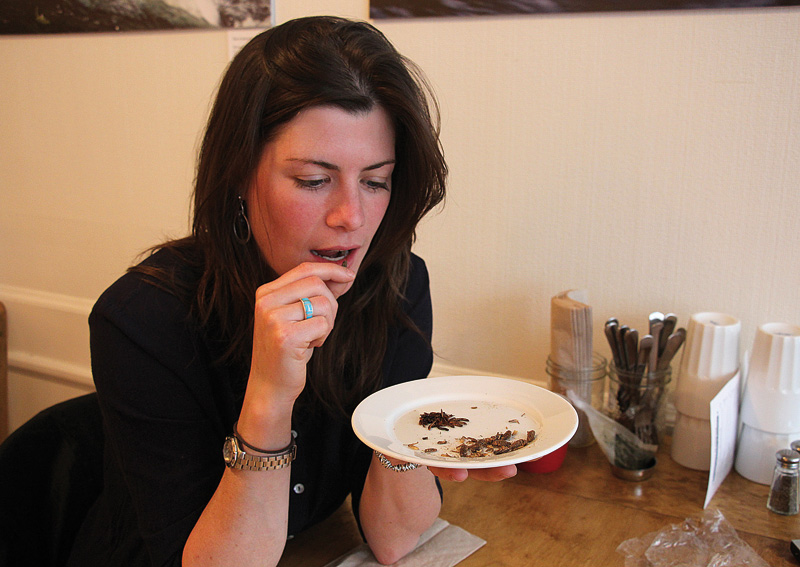
You participated in the creation of a Kilker farmhouse. What does an insect farm look like?
There are different forms depending on the insect. Here we often have kilkers or dark larvae. They are containers, we add to the crickets of eggs, fresh vegetables that like to raise the scratch dutelako.Tenebrionei, as they are dedicated to livestock. I have a house in the basement, and I give them nothing but flour, gold, bran and peeled vegetables.
Anyone can have a hamlet.
Yeah, and that's interesting. If you have a space in a built-in wardrobe, you can build one. Citizens need a hamlet because pollution prevents them from eating any insect.
It is an unpolluting production.
It's a local production that doesn't require transportation. Compared to mammals, the emission of greenhouse gases is low. They also demand very little water and food. In addition, it cannot be wasted unnecessarily, as it is often possible to eat the whole insect. That's not the case with an ox or a pig, there's huge waste.
It can be a solution to deal with hunger. At least that is what the Food and Agriculture Organization of the United Nations says.
It's not an exit, but it can be an exit. I don't believe in the miraculous outings. In the field of food we have heard of this frequently, and the poor results have not ceased to come to an end. From Tofu we hear all right and now look at the monocultures of GM soybeans! If we start producing trumilka, it's going to bring us problems.
If you look at a financial interest, if it is not the case that others like Monsanto are developing the production.
The rumours say that they are already in it and that the mentalities are the view that they are open enough to be marketed. The risk of developing industrial production is there. That is why we need to boost local production. Why wouldn't we collectively develop some urban dwellings? This project follows the spirit of food sovereignty.
The World Health Organization also supports entomophagia.
It's two miles of insectivorous population. This type of food is usually associated with famine, but no, they are cooked by the traditional taste. In their eagerness to enter Western culture, they tend to abandon this practice. This has negative consequences on their health and lifestyle. In addition, exported to industrial agriculture, the fields are covered by pesticides. Therefore, the institution recommends an investigation of entomophagia so that this gastronomic culture can continue without danger. It would also help to combat the decline of certain types of insects. In this respect it is a solution to deal with hunger, because it is clear that the Westerners will not be in a situation of food shortages.
What are the nutritional properties?
With the same amount, it has as many proteins in a cricket as it does in an ox, but with much less. They are rich in proteins and minerals and vitamins. The ecological cost is a rich and modest food.
What do you like?
It's like asking what taste meat has: according to meat we have different flavors. Ants are extremely acidic, the larvae of bees are very sugary, the crickets taste dirt, like cocoa and fungus. Besides being healthy, they are very interesting for the kitchen.
Two miles of citizens eating insects and we're messed up by the idea itself.
The feeling of tiredness is universal, but at the base they are able to differentiate us from one culture to another. As mucus or corpses, some objects will cause irritations in almost all cultures, at the base is a form of protection. The nausea produced by insect food is culturally constructed. A child sees and dislikes an ant, but soon his parents come to him saying it's dirty. We've linked insects to dirt and unhealthy, putting them all in the same sand, but there are many natures.
However, our ancestors ate them.
This appears in many Roman and Greek texts. The Old Testament determines which insects can be eaten and which can't. Following the view of casher, you can only eat jumping insects. The fact of codifying the matter shows that the habit was fairly widespread. We can still find some clues: for example, in Sardinia we eat the Casu Marzu cheese stuffed with worms and in the East of the United States we eat a kind of cigar that appears entirely from seven to eight years.
Will we soon have insects in our whims?
These built categories are constantly evolving. I don't think it's going to become a new hamburger, but you're going to have more and more room in our food.
Florentzia, 1886. Carlo Collodi Le avventure de Pinocchio eleberri ezagunaren egileak zera idatzi zuen pizzari buruz: “Labean txigortutako ogi orea, gainean eskura dagoen edozer gauzaz egindako saltsa duena”. Pizza hark “zikinkeria konplexu tankera” zuela... [+]
Udaberrian orain dela egun gutxi sartu gara eta intxaurrondoa dut maisu. Lasai sentitzen dut, konfiantzaz, bere prozesuan, ziklo berria hasten. Plan eta ohitura berriak hartu ditut apirilean, sasoitu naiz, bizitzan proiektu berriei heltzeko konfiantzaz, indarrez, sormen eta... [+]
“Hondakinik ez platerean!”. Hori zen kontsigna gure txikitako otorduetan. Janariak zeozer sakratu bazukeen, batez ere ogiak; lurrera erori eta, jasotakoan, musua eman behar zitzaion. Harik eta adin zozoan mamia baztertzeko moda etorri zen arte, lodiarazten zuelakoan... [+]
Bizkaigane elkarteak elikadura burujabetzan oinarritutako proiektua du Errigoitin (Bizkaia), 1983tik. Instalazioak dauden lur eremutik aterarazi nahi du lur jabeak elkartea. EHNE Bizkaia sindikatuak adierazi duenez, instalazioek lege eta administrazio eskakizun guztiak betetzen... [+]
Martxoaren 10etik 26ra izango da udaberriko kanpaina. 'Beste modura, denona de onura' lelopean arituko dira gertuko ekoizpena, banaketa eta kontsumoa babestu eta sustatzeko, ager zonaldean euskara hauspotzen duten bitartean. Apirila amaieratik aurrera jasoko dira... [+]
Euskal Herriko bi muturretatik datoz Itziar (Bilbo, 1982) eta Ekaitz (Erriberri, 2002), sortzen ari den Burujabetzaren Aldeko Mugimenduaren berri ematera. Euskal Herrian diren burujabetza prozesu ugariak arloz arlo bultzatu eta indartu nahi ditu BAMek. Lan horretan hasteko,... [+]
Ur kontaminatua ur mineral eta ur natural gisa saltzen aritu dira urte luzeetan Nestlé eta Sources Alma multinazional frantsesak. Legez kanpoko filtrazioak, iturburuko ura txorrotakoarekin nahasi izana... kontsumitzaileen osagarria bigarren mailan jarri eta bere interes... [+]
Emakume bakoitzaren errelatotik abiatuta, lurrari eta elikadurari buruzko jakituria kolektibizatu eta sukaldeko iruditegia irauli nahi ditu Ziminttere proiektuak, mahai baten bueltan, sukaldean bertan eta elikagaiak eskutan darabiltzaten bitartean.
Zuhaitza esnatzear dago, kimuak ageri dira adarretan. Gutxi falta da loraldirako, laster aro berria hasiko du, indarberrituta.









